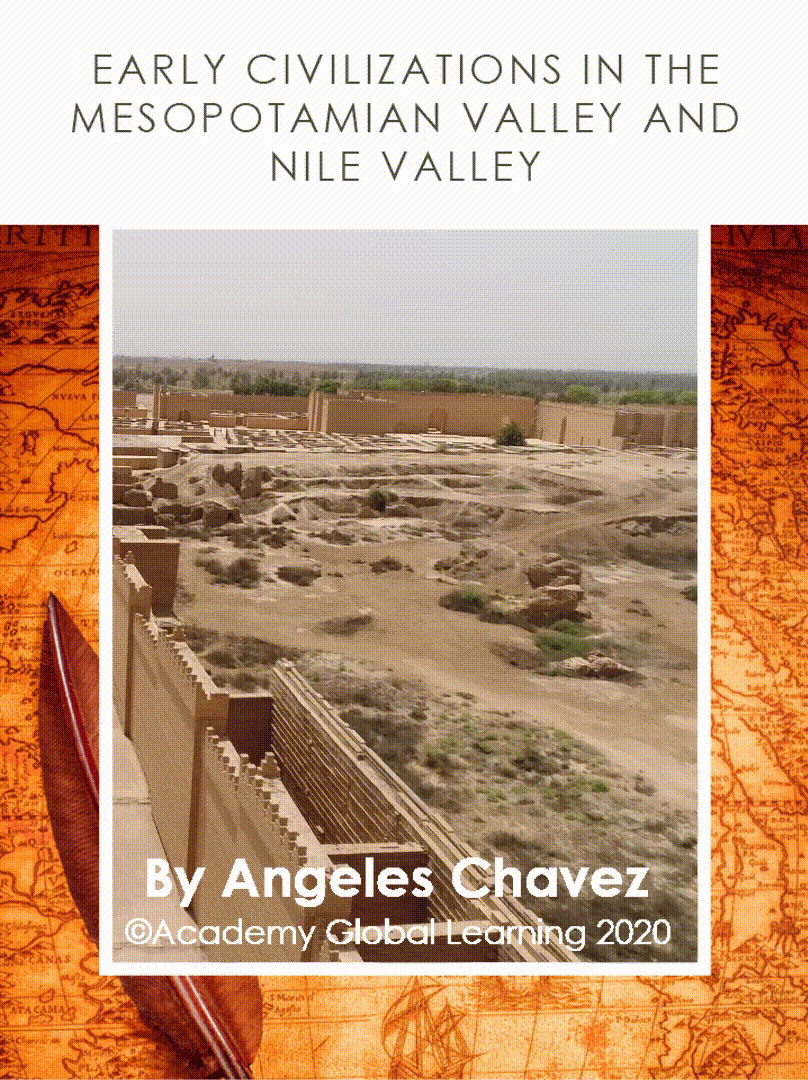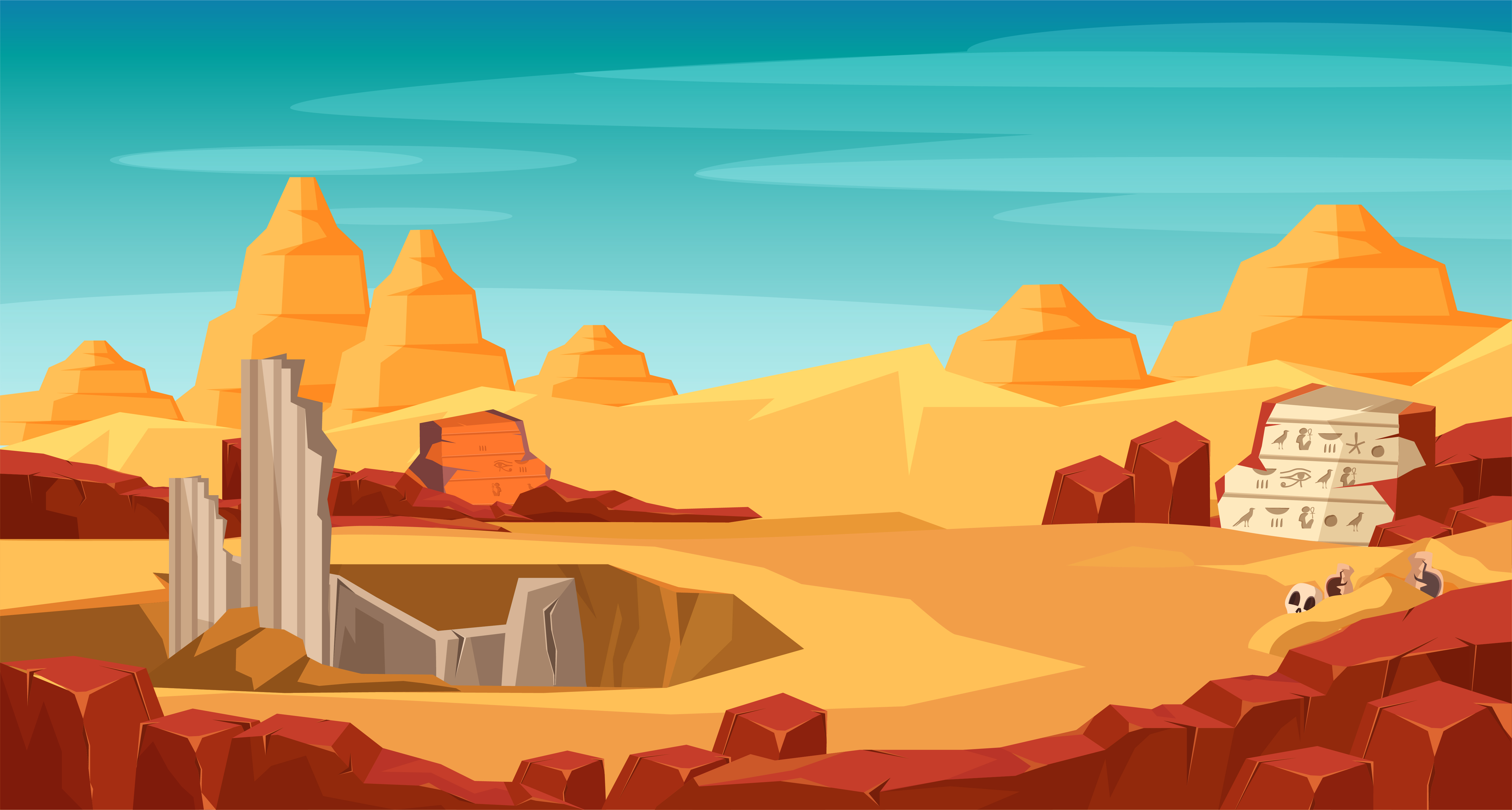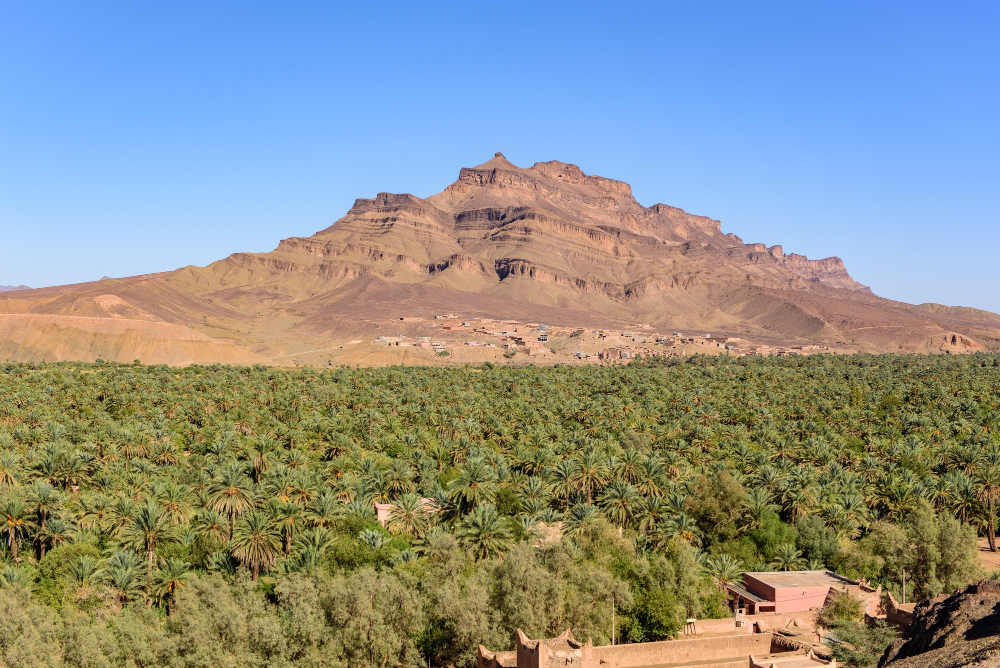

This book developed by ©Academy Global Learning 2020 All rights reserved under ©Academy Global Learning 2020. No part of this publication may be reproduced, stored in a retrieval system, or transmitted in any form or by any means, electronic, mechanical,
photocopying, recording, or otherwise, without the prior written permission of the copyright owner.
Designed By:
Christian Alas
Created and illustrated By:
Angelo Romero and Camilo Sanabria

Early Civilizations in the Mesopotamian Valley and Nile Valley
Early Civilizations in the Mesopotamian Valley and Nile Valley are some of the most remarkable periods in ancient history. During this period, numerous societies developed complex social and political systems, created monumental architecture, engaged in trade and commerce, and made advancements in science and technology.

The earliest known civilization to develop in the Mesopotamian Valley was Sumer, which flourished from around 4500 BCE to around 2000 BCE. Sumerians were among the first to develop an organized system of writing, complete with a set of symbols that could be used to represent spoken language. They also invented the wheeled cart and plow, as well as advanced irrigation techniques that allowed them to grow crops on previously unproductive land. As their population grew, they built large cities with monumental architecture like ziggurats — stepped pyramids — that served both religious and administrative functions. During its peak, Sumer was comprised of many city-states that had significant autonomy but worked together through diplomatic means and military coercion when necessary.
Around 3100 BCE, another major civilization emerged in the region: Ancient Egypt. The Egyptians developed a more centralized government than their predecessors in Sumer and built their cities along the rich alluvial plains of the Nile River valley. This allowed them to regularly benefit from annual flooding, which enriched the soils for agriculture and provided access for trade routes between different parts of their kingdom by way of riverboats. Like other civilizations before them — such as those who inhabited Harappa or Mohenjo-Daro — Egyptian society relied heavily on agriculture for subsistence; however, they also began developing metalworking skills during this period creating tools out bronze and copper alloy from ore mined from Sinai Peninsula. Religion played an important role in Ancient Egyptian life too; they worshipped gods associated with various aspects of their environment such as Ra — god of sunlight— or Isis— goddess of motherhood— while mummification practices were established so people could remain immortal after death.
By 1500 BCE both the Mesopotamian Valley civilazations had declined due to natural disasters like famine or floods combined with invasions by foreign enemies like Assyrians or Persians, while Ancient Egypt continued to thrive until it succumbed to a series of conquest by various groups including Alexander’s Macedonians at around 300 BCE . Although these civilizations no longer exist today it is impossible to ignore their incredible impact on human history; without them we would not have sophisticated mathematical concepts like algebra or trigonometry – even if we wouldn’t recognize them under those names – nor would we enjoy things like glass bottles or papyrus scrolls covered with hieroglyphs ready for deciphering!




 Introduction to World History
Introduction to World History  Zebras | Tagalog | 2022
Zebras | Tagalog | 2022  Penguins | Tagalog | 2022
Penguins | Tagalog | 2022  Penguins
Penguins  Stars
Stars  Vincent Van Gogh
Vincent Van Gogh  Vietnam
Vietnam  Galaxy
Galaxy  University
University  Zebras
Zebras  HS – ESL3 – Unit 21 – Tuskegee Airmen – Moodle
HS – ESL3 – Unit 21 – Tuskegee Airmen – Moodle  HS – ESL3– Unit 20 – Korea – Moodle
HS – ESL3– Unit 20 – Korea – Moodle  HS – ESL3 – Unit 19 – Treaty of Versailles – Moodle
HS – ESL3 – Unit 19 – Treaty of Versailles – Moodle  HS – ESL 3 – Unit 18 – The Vietnam War – Moodle
HS – ESL 3 – Unit 18 – The Vietnam War – Moodle  HS – ESL3 – Unit 4 – Music – Moodle
HS – ESL3 – Unit 4 – Music – Moodle  Agricultura românească începută 3| Romanian Beginning Farming 3
Agricultura românească începută 3| Romanian Beginning Farming 3  Agricultura românească începută 2 | Romanian Beginning Farming 2
Agricultura românească începută 2 | Romanian Beginning Farming 2  Agricultura românească începută 1| Romanian Beginning Farming 1
Agricultura românească începută 1| Romanian Beginning Farming 1  More Animals
More Animals